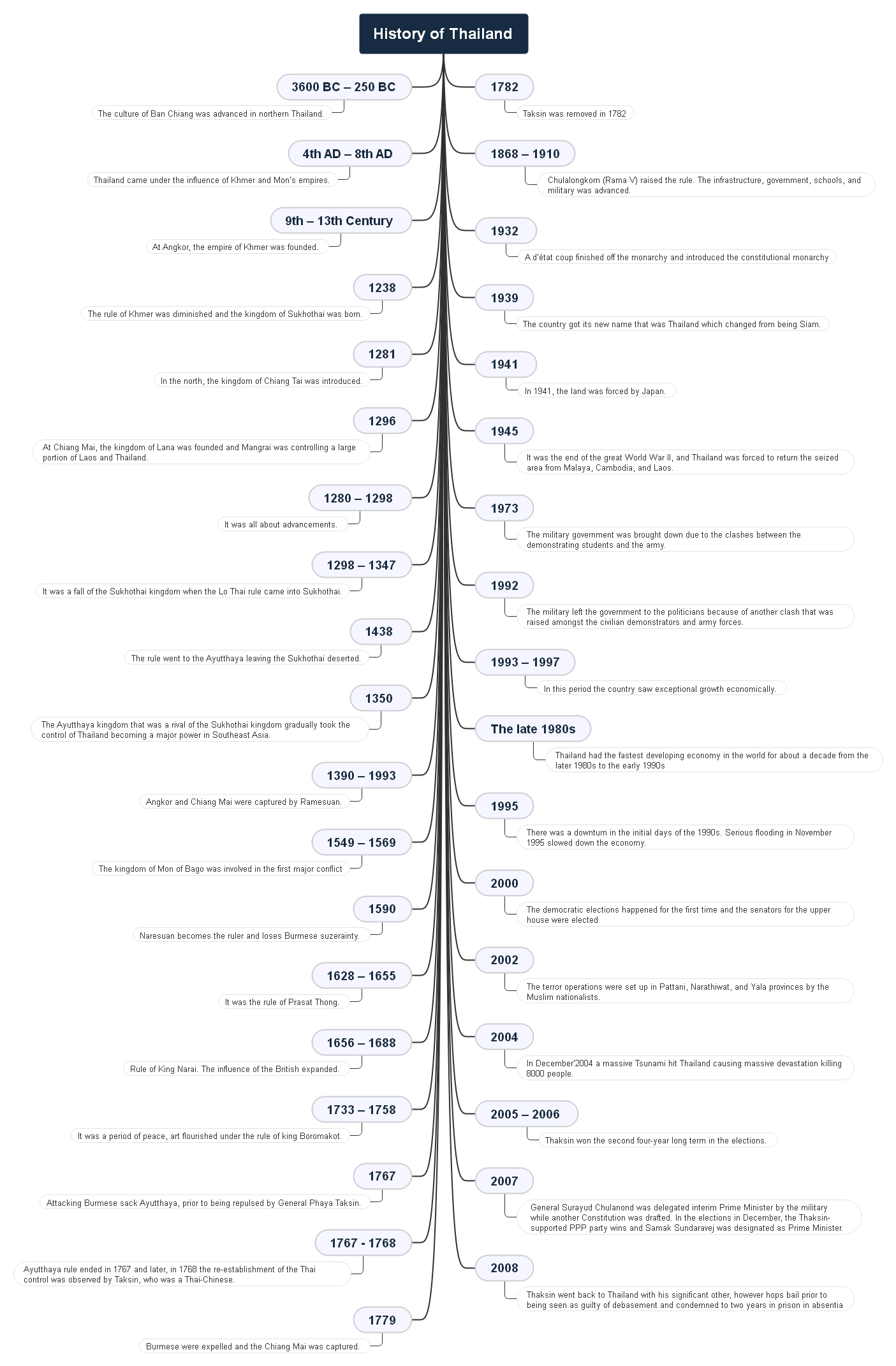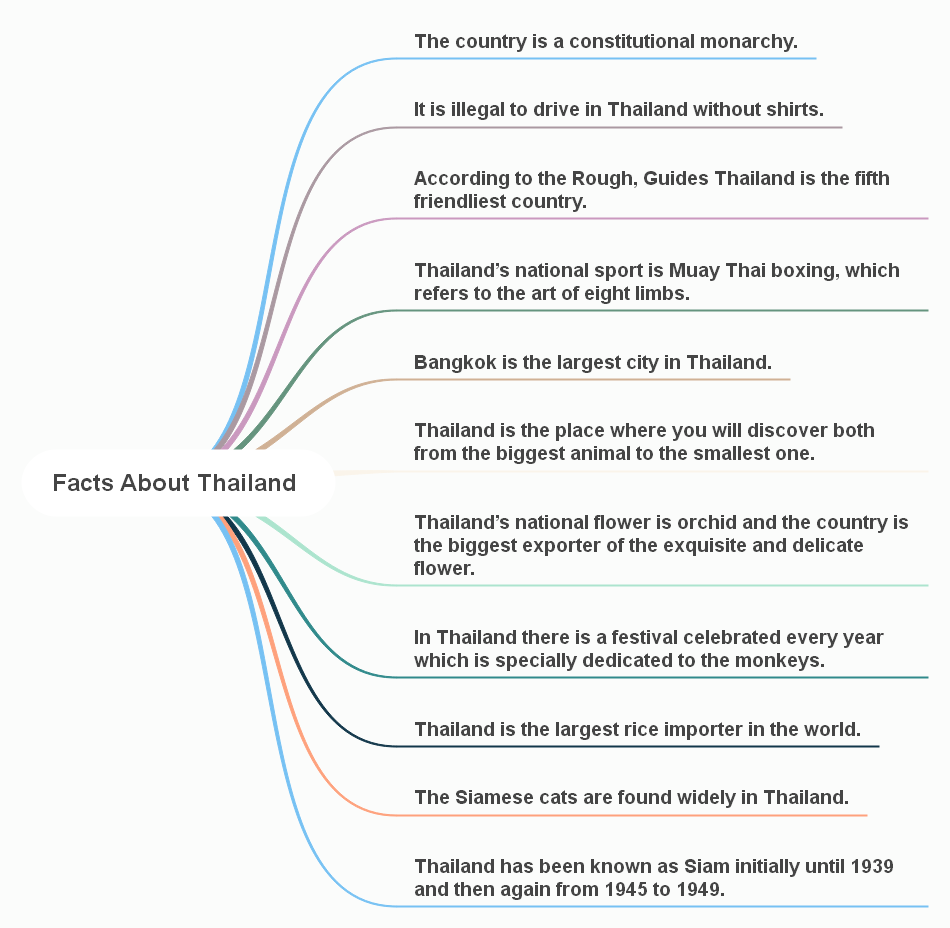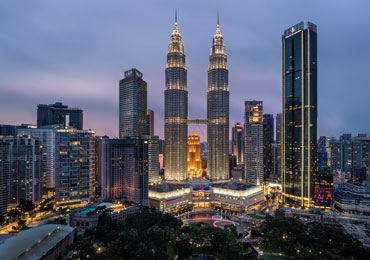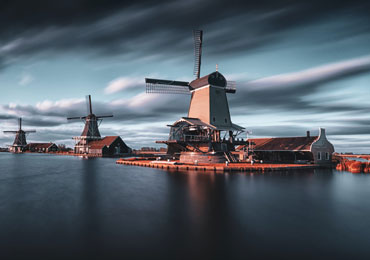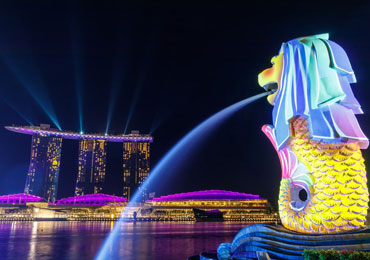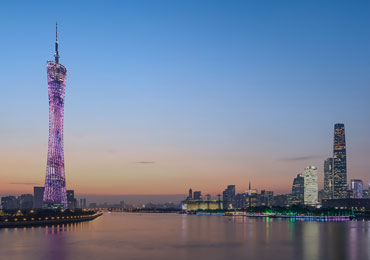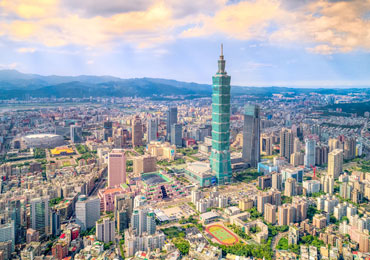History of Thailand
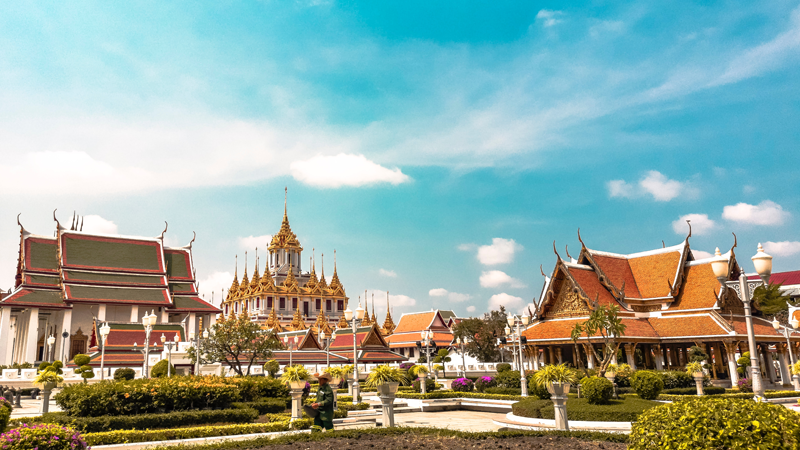
Thai history of Thailand began as a group of immigrants went into a frontier that was claimed by empires for patronage, trade, and forced labor. At last, the nation formed a national identity around its monarchy, language, and religion. The rulers opposed colonization by the west, which was asked to surrender its hold over the country, leading to challenges by Thailand’s monarchs. Since their progress to a constitutional monarchy in 1932, the military overwhelmingly took over the country with a couple of administrative terms with some gaps in between. The history of Thailand is quite vast and has a number of significant incidents. Here is a brief timeline.
Civilization Pre-Thai
3600 BC – 250 BC
In northern Thailand, in the pre-Thai civilization, there was a culture of Ban Chiang in practice. Ban Chiang was basically an archeological site that was situated in the Khorat plateau of Udon Thani province in the northeast.
9th – 13th Century
Thailand was under the influence of Khmer and Mon’s empires in 4th AD – 8th AD. Later, at Angkor, the empire of Khmer was founded. The people of Thailand migrated to the southern side, while the ones in China went to north Thailand, Laos, and Burma.
The Era of Sukhothai
1238
The rule of Khmer was abolished and the kingdom of Sukhothai was born. It was a small local power until it came into its third rule in the year 1279. The power was expanded to the Malay Peninsula.
While sooner in 1281, in the north part, the kingdom of Thai Chiang was observed to be emerging and taking over the power.
1296
At Chiang Mai, the kingdom of Lana was founded, which covered most of the north portion of Thailand, which was a thriving state long before the escalation of Sukhothai. Mangrai has controlled a large portion of Laos and Thailand.
1280 – 1298
The first utilization of the Thai scripts and growth in arts was very significant. Moreover, the rule of Ramkamhaeng was established in Sukhothai with the first attempt to unite the people of Thai. This era was all about advancements.
1298 – 1347
The time period ranging from 1298 to 1357 was marked as the beginning of the fall of the Sukhothai kingdom when the Lo Thai was seen to be rising into power in the city of Sukhothai.
1438
After the fall of the Sukhothai kingdom, the Ayutthaya Kingdom was established on the ruins of the Sukhothai Empire, and it was the start of their rule.
Ayutthaya Rule
1350
The Ayutthaya kingdom, which was a rival of the Sukhothai kingdom, gradually took control of Thailand, becoming a major power in Southeast Asia.
1549 – 1569
The first-ever major conflict emerged out, and the Kingdom of Mon of Bago was involved in this major clash. Till the end of the time period, while the rule of Ayutthaya had ended, the Burmese had been captured.
1590
Naresuan becomes ruler and abolishes Burmese suzerainty. Ayutthaya extends quickly to the detriment of Khmer and Burmese realms.
1628 – 1655
It was the rule of Prasat Thong. The expansion of concessions trade was observed and usual trade was set up with Europe and China.
1656 – 1688
It was the beginning of the Rule of King Narai. The influence of the British Empire expanded. Ayutthaya’s reputation as a sublime city and a noteworthy imperial court spread to Europe.
1733 – 1767
From 1733 to 1758 was a period of peace. Art flourished under the rule of King Boromakot. Later in 1767, yet again Burmese attack and remove Ayutthaya prior to being expunged by General Phaya Taksin. The capital moved from Ayutthaya to Thonburi, close to Bangkok.
Dynasty Of Chakri
1767 - 1768
Ayutthaya rule ended in 1767 and later, in 1768 the re-establishment of the Thai control was observed by Taksin, who was a Thai-Chinese. Taksin’s rule later came to an end after a coup by General Chao Phraya Chakri, who founded a new dynasty centering Bangkok.
1779
The Burmese were expelled and the city of Chiang Mai was captured. The Emerald Buddha was moved from Laos to Bangkok.
1782
Taksin was removed in the year 1782. General Chao Phaya Chakri established the Chakri Dynasty and accepted the name Phra Phutthayofta (later Rama I). The capital was moved to Bangkok.
1868 – 1910
Chulalongkorn (Rama V) rule began in 1868. The infrastructure, government, schools, and military was advanced.
End Of Monarchy
1932 – 1939
A coup d’état finished off the monarchy and introduced the constitutional monarchy instead. In the year 1939, the name of the country was changed from Siam, and this is when Thailand got its name.
1941
In 1941, the land was taken over by Japan. After negotiations, Thailand lets Japan advance towards the Malay Peninsula that was under British occupation.
1945
It was the end of World War II. Thailand was forced to return the seized area from Malaya, Cambodia, and Laos. King Ananda, who had been exiled previously, returned in the same year. However, later the next year, he died of a mysterious incident. King Bhumibol Adulyadej (Rama IX) took over the rule.
1973
The military government was brought down due to clashes between the demonstrating students and the army. After three years, the economic and political blunders brought the civilian government down as well.
1992
The military left the government to the politicians because of another clash that occurred amongst the civilian demonstrators and army forces.
Economic Turmoil And Present Thailand
1993 – 1997
In this period, from 1993 to 1997, the country saw exceptional economic growth. The financial boom kept growing with time. Thailand enjoyed economic development, including the sound increments in GDP.
The late 1980s
Thailand was to join the tigers like South Korea and Taiwan. Thailand had the fastest developing economy in the world for about a decade from the late 1980s to the early 1990s. The development rate was 8% in the period of 1985 and 1995.
1995 - 1998
In 1995 there was a downturn in the initial days of the 1990s. Serious flooding in November 1995 slowed down the economy.
A huge number of migrant laborers were sent back to their countries. Prime Minister Chuan includes the opposition in his administration to push financial reforms through. Thailand also follows the established guidelines given by the International Monetary Fund to revive its economy.
2000 - 2001
The first democratic elections of Thailand were conducted. The senators for the upper house were elected. For the lower house, the Thai Rak Thai Party, which was the populist of the Thaksin Shinawatra party, won the national polls.
2002 - 2004
The years were observed as destruction. In 2002. terror operations were set up in Pattani, Narathiwat, and Yala provinces by Muslim nationalists. In December 2004, a massive Tsunami hit Thailand, causing widespread devastation and the deaths of 8000 people.
2005 – 2006
Thaksin won their second four-year term in the elections. However, later in the next year, Thaksin was blamed for tax evasion. Protests were carried out in Bangkok. A bloodless military coup at that point eliminated his rule from power.
2007
General Surayud Chulanond was appointed interim Prime Minister by the military while another Constitution was drafted. During the elections in December, the Thaksin-supported PPP party won and Samak Sundaravej was designated as Prime Minister.
2008
Thaksin came back to Thailand with his significant other. However, he skipped bail prior to being tried and convicted on charges of debasement and was condemned to two years in prison in Absentia. The protestors of the opposition blocked the air terminals, causing boundless disruption. Later on, Abhisit Vejjajiva became the prime minister.
2010
Anti-government protests in Bangkok were quelled by the military in May following two months of violence.
Facts About Thailand
Sixteen million travelers fly to Thailand every year. And regardless of the accumulation of tourists, this present cultural integrity of the country stays moderately flawless and intact. From the serene islands to the clamoring urban communities, there are 77 areas lodging 63 million individuals across mountains – so in case you are considering a visit, why not gather a little information on a couple of these intriguing realities about Thailand? Here are some amazing facts about this beautiful country with an interesting history.
- Thailand was known as Siam until 1939 and then briefly from 1945 to 1949.
- Siamese cats are found widely in Thailand.
- Thailand is the largest rice importer in the world.
- The country is a constitutional monarchy.
- It is illegal to drive in Thailand without shirts.
- According to the Rough, Guides Thailand is the fifth friendliest country.
- In Thailand there is a festival celebrated every year which is specially dedicated to the monkeys.
- Thailand’s national sport is Muay Thai boxing, which refers to the art of eight limbs.
- Thailand’s national flower is orchid and the country is the biggest exporter of the exquisite and delicate flower.
- Bangkok is the largest city in Thailand.
- Thailand is the place where you will discover both from the biggest animal to the smallest one. The littlest warm-blooded creature on the planet, the bumblebee bat, calls Thailand home. You can likewise track down the biggest fish, the whale shark, in the waters of Thai.
Conclusion
Thailand is a country situated in the focal point of mainland Southeast Asia. Found entirely inside the jungles, Thailand involves different environments. Including the sloping forested zones of the northern wilderness, the rich rice fields of the plains in the central region, the expansive level of the upper east, and the beautiful coasts along the tight southern peninsula.
Thailand is the lone Southeast Asian country that was never colonized by a European country. Indeed, in the Thai language, the name of the nation is Prathet Thai which signifies a land of the free. Known worldwide for its beguiling locals, great limestone bluffs, and picture-postcard coastlines and beaches, Thailand is home to a variety of interesting things, distinctive characteristics, and captivating eccentricities.
